Multiple Vehicle Collisions in Texas: Determining Fault
January 13, 2024
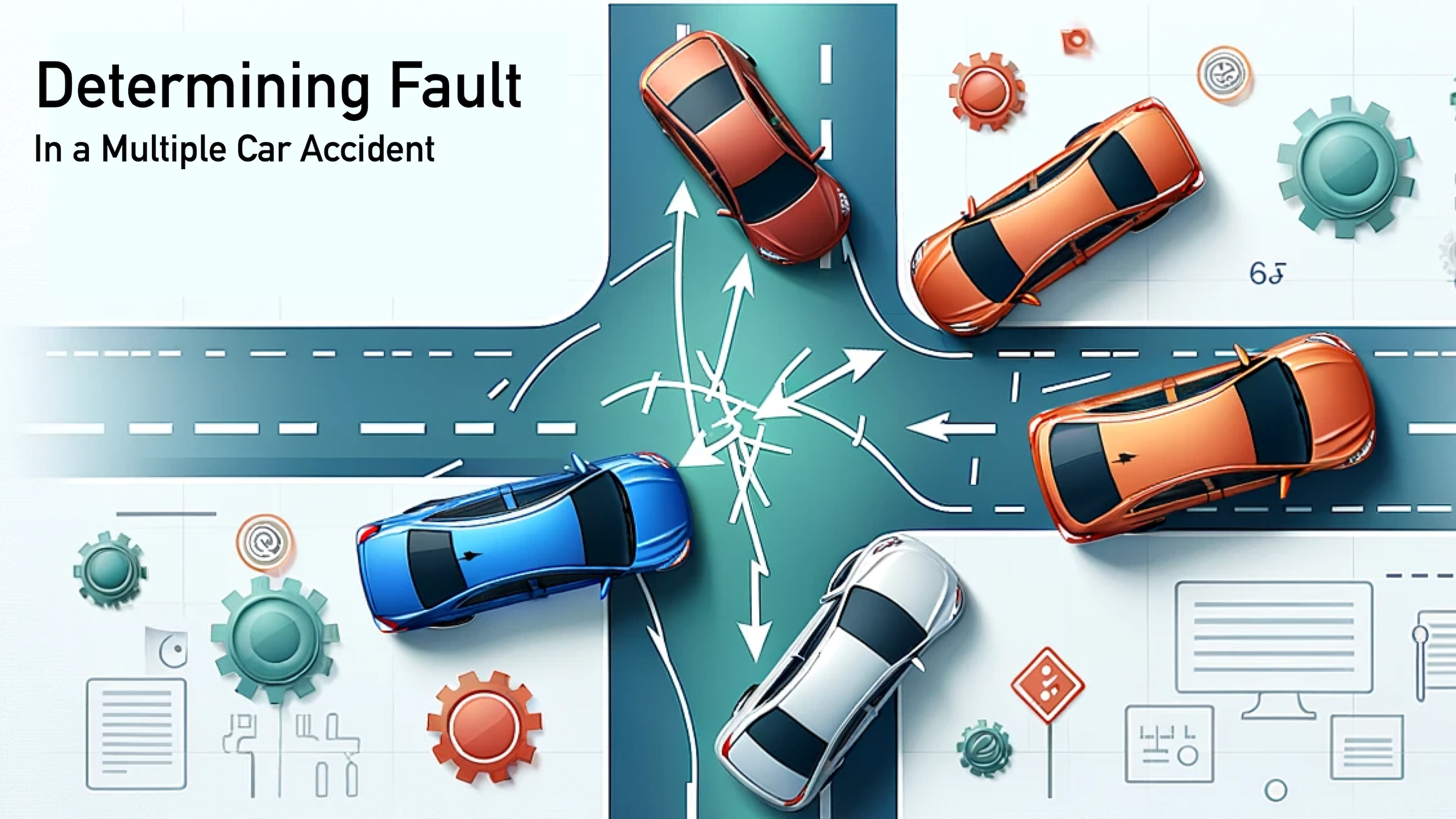
After a multi-car accident, determining fault and seeking fair compensation can be challenging. Texas follows a fault-based system where the at-fault driver’s insurance is responsible for covering the damages. However, in multi-vehicle collisions, determining fault can be complex. Factors such as chain reaction events, negligence of multiple drivers, and even vehicle or part defects can contribute to the accident. In these cases, an experienced car accident lawyer can provide guidance and help fight for fair compensation.
- Key Takeaways
- How Fault is Determined in Multi-Vehicle Accidents
- Liability Insurance and Compensation in Multi-Vehicle Accidents
- Challenges in Multi-Vehicle Accident Claims
- Negligence and Negligent Parties in Multi-Vehicle Accidents
- Insurance Claims and Settlement Payouts in Multi-Vehicle Accidents
- Joint and Several Liability in Multi-Vehicle Accident Lawsuits
- Uninsured and Underinsured Drivers in Multi-Vehicle Accidents
Key Takeaways
- Determining fault in multi-vehicle accidents can be complicated due to various factors.
- Police reports, witness testimonies, and accident reconstruction experts are crucial in establishing fault.
- The liability insurance of the at-fault drivers is generally responsible for compensating the injured party.
- Working with a car accident lawyer is essential to navigate the complexities of multiple insurance companies involved.
- Negligence plays a significant role in determining fault and holding negligent parties responsible.
How Fault is Determined in Multi-Vehicle Accidents
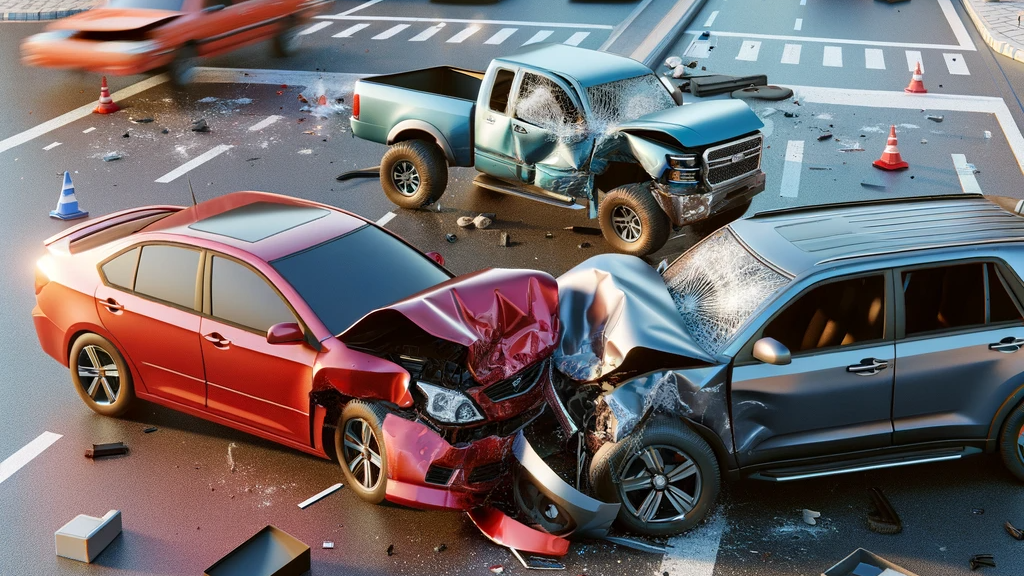
When it comes to multi-vehicle accidents, determining fault can be challenging. Several factors come into play when assigning fault, including the actions of each driver, the sequence of events, and negligence. To establish fault, various sources of evidence are considered, such as police reports, witness testimonies, and accident reconstruction experts. These pieces of evidence help paint a clearer picture of what happened during the accident and aid in determining the responsible parties.
In some cases, more than one driver may be at fault for the multi-vehicle accident. This can occur when each driver’s actions contributed to the collision or when one driver’s negligence triggered a chain reaction involving other vehicles. When liability is shared among multiple drivers, it becomes crucial to apportion fault accurately and determine the degree of liability for each party involved.
Consulting with a knowledgeable car accident lawyer is essential in navigating the complexities of fault determination in multi-vehicle accidents. They have the expertise to evaluate the evidence, analyze the circumstances, and help build a strong case to protect your rights and seek fair compensation.
Factors Considered in Fault Determination:
- The actions of each driver leading up to and during the accident.
- The sequence of events that unfolded during the collision.
- Evidence of negligence, such as distracted driving, speeding, or failure to yield right-of-way.
- Police reports detailing the accident scene and initial findings.
- Witness testimonies providing additional perspectives on the accident.
- Accident reconstruction experts who analyze the physical evidence to recreate the accident sequence.
Liability Insurance and Compensation in Multi-Vehicle Accidents
In Texas, liability insurance plays a crucial role in compensating the injured party in multi-vehicle accidents. When multiple vehicles are involved, determining fault and seeking fair compensation can be complex. The liability insurance of the at-fault drivers is primarily responsible for covering the damages.
The amount of compensation awarded will depend on the extent of the damages and the degree of fault assigned to each driver. In Texas, the modified comparative fault rule is applied. This rule states that if a driver is found to be more than 50% at fault, they may not be eligible for compensation.
Working with a car accident lawyer is essential to ensure fair compensation in multi-vehicle accidents. They have the expertise to navigate the complexities of multiple insurance companies involved in the case and fight for the injured party’s rights.
The modified comparative fault rule is used to determine the percentage of fault assigned to each driver involved in a multi-vehicle accident. This rule takes into account the actions and negligence of all parties.
If a driver is found to be less than 50% at fault, they may be eligible for compensation based on the percentage of fault assigned to the other drivers. However, if a driver is found to be 51% or more at fault, they may not be eligible for any compensation.
In a multi-vehicle accident where fault is shared among several drivers, the compensation amount can vary significantly depending on the degree of fault assigned to each party.
| Driver | Percentage of Fault | Compensation |
|---|---|---|
| Driver A | 25% | $20,000 |
| Driver B | 40% | $30,000 |
| Driver C | 35% | $25,000 |
In the above example, Driver A is deemed 25% at fault, Driver B is considered 40% at fault, and Driver C is assigned 35% fault. Based on these percentages, the compensation amounts are determined.
It is essential to consult with a car accident lawyer to ensure that your rights are protected and that you receive fair compensation for your damages in multi-vehicle accidents.
Challenges in Multi-Vehicle Accident Claims
Multi-vehicle accident claims can be fraught with challenges that complicate the process of seeking compensation. Accidents involving multiple vehicles, such as pileups or those with more than three or four cars, present unique difficulties in investigating and determining fault. Oftentimes, accident reports do not capture the full story, making it harder to establish liability accurately. Additionally, eyewitness testimonies can be unreliable, further complicating the claims process.
Insurance companies may add to the challenges by attempting to shift blame onto other parties involved in the accident. This tactic is often employed to reduce settlement values, leaving victims at a disadvantage. To navigate these complexities successfully, it is crucial to enlist the expertise of an experienced car accident lawyer who understands the intricacies of multi-vehicle accident claims.
Negligence and Negligent Parties in Multi-Vehicle Accidents
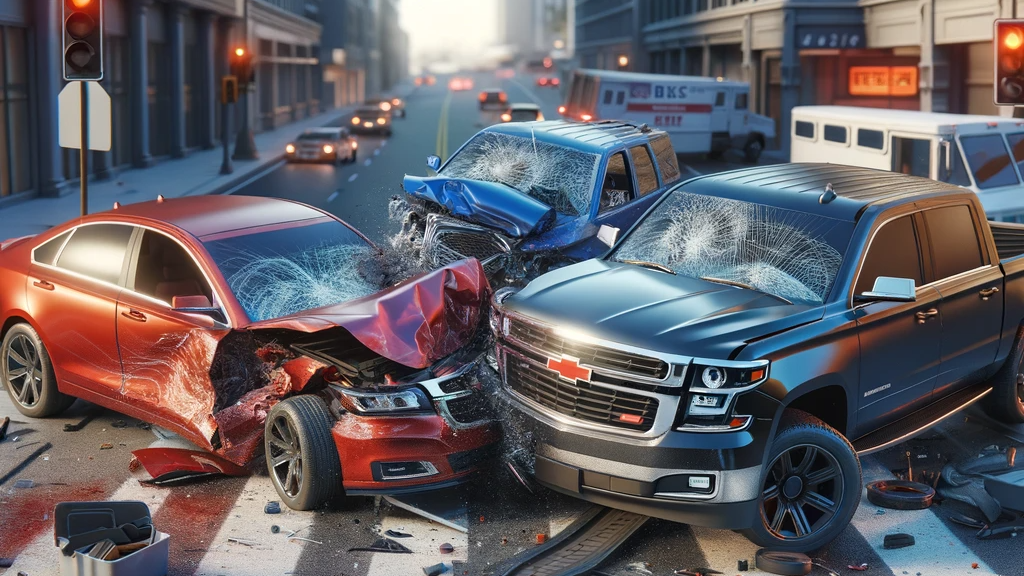
In multi-vehicle accidents, determining fault requires careful consideration of negligence by all parties involved. Each driver has a duty to exercise reasonable care on the road, following traffic laws, and avoiding actions that could potentially endanger others. Negligence arises when drivers fail to meet this duty, resulting in accidents with serious consequences. Some common examples of negligent behavior include:
- Distracted driving, such as texting or using a cellphone while behind the wheel
- Speeding or traveling at an unsafe rate for the prevailing conditions
- Following too closely, without maintaining a safe distance from the vehicle ahead
- Failing to check blind spots and properly signal lane changes or turns
While drivers bear much of the responsibility for accidents, it’s important to acknowledge that other parties can contribute to negligence as well. Third parties like vehicle or parts manufacturers, auto mechanics, or employers of commercial vehicle drivers may also play a role in accidents. For example, a faulty part or negligent repair can lead to an accident that involves multiple vehicles.
If the negligence of any party, whether it be a driver or a third party, contributes to a multi-vehicle accident, they can be held liable for the damages caused. Determining the extent of each party’s negligence and liability is a complex process, and it often requires the expertise of a car accident lawyer to navigate the legal complexities and build a strong case for fair compensation.
| Contributing factors of negligence in multi-vehicle accidents | |
|---|---|
| Distracted Driving | Texting, talking on the phone, eating, or any other activity that diverts attention from the road. |
| Speeding | Driving above the posted speed limit or too fast for the road conditions. |
| Following Too Closely | Not maintaining a safe distance from the vehicle ahead, also known as tailgating. |
| Failing to Yield | Ignoring traffic signs, signals, or right-of-way rules. |
| Impaired Driving | Operating a vehicle under the influence of alcohol, drugs, or prescription medication. |
Insurance Claims and Settlement Payouts in Multi-Vehicle Accidents
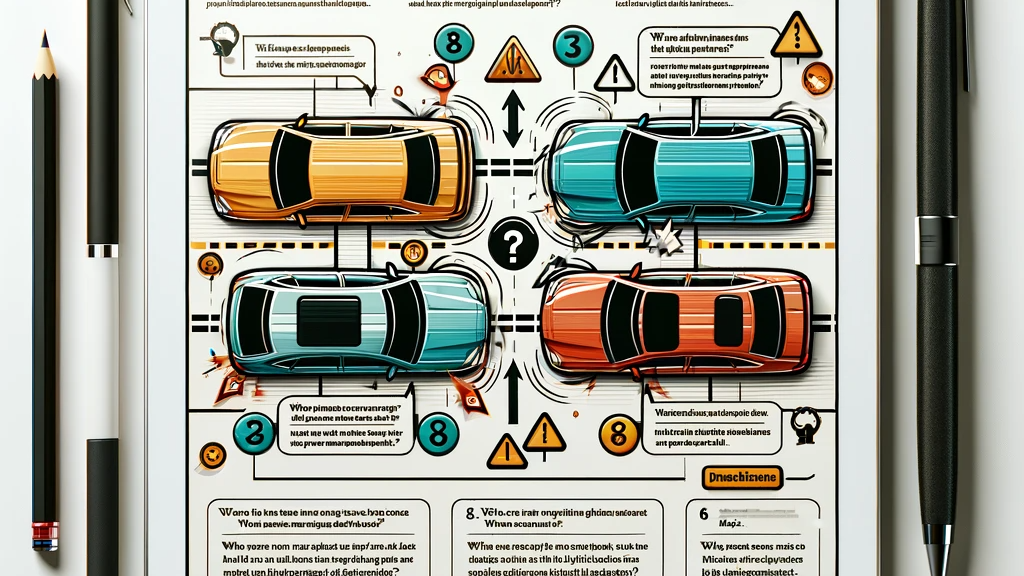
Dealing with insurance claims and negotiating settlement payouts can be a daunting task in the aftermath of a multi-vehicle accident. Insurance companies are motivated to settle claims for as little as possible, especially when multiple injured parties are involved. This is why it’s crucial to have a car accident lawyer on your side who can fight for fair compensation.
In multi-vehicle accidents, there may be limited insurance coverage available due to the severity of the damages and the number of individuals seeking compensation. Additionally, the presence of uninsured or underinsured drivers can further complicate matters. It is important to understand your rights and options when it comes to insurance claims and settlement payouts.
An experienced car accident lawyer who specializes in multi-vehicle accidents can navigate the complexities of the insurance process and help you obtain the compensation you deserve. They will thoroughly analyze the details of your case, gather supporting evidence, and negotiate with the insurance companies on your behalf.
By working with a car accident lawyer, you can ensure that all available avenues for recovery are explored. They will fight to maximize your settlement payout and hold the responsible parties accountable for their actions. With their expertise, you can have peace of mind knowing that your best interests are being represented throughout the claims process.
Here are some common challenges related to insurance claims and settlement payouts:
| Challenges | Solutions |
|---|---|
| Insurance companies aiming to settle for low amounts | Hiring a car accident lawyer who can negotiate on your behalf |
| Limited insurance coverage | Exploring other liable parties and pursuing additional avenues of compensation |
| Presence of uninsured or underinsured drivers | Utilizing personal injury protection (PIP) and uninsured/underinsured motorist (UM/UIM) coverage |
Joint and Several Liability in Multi-Vehicle Accident Lawsuits
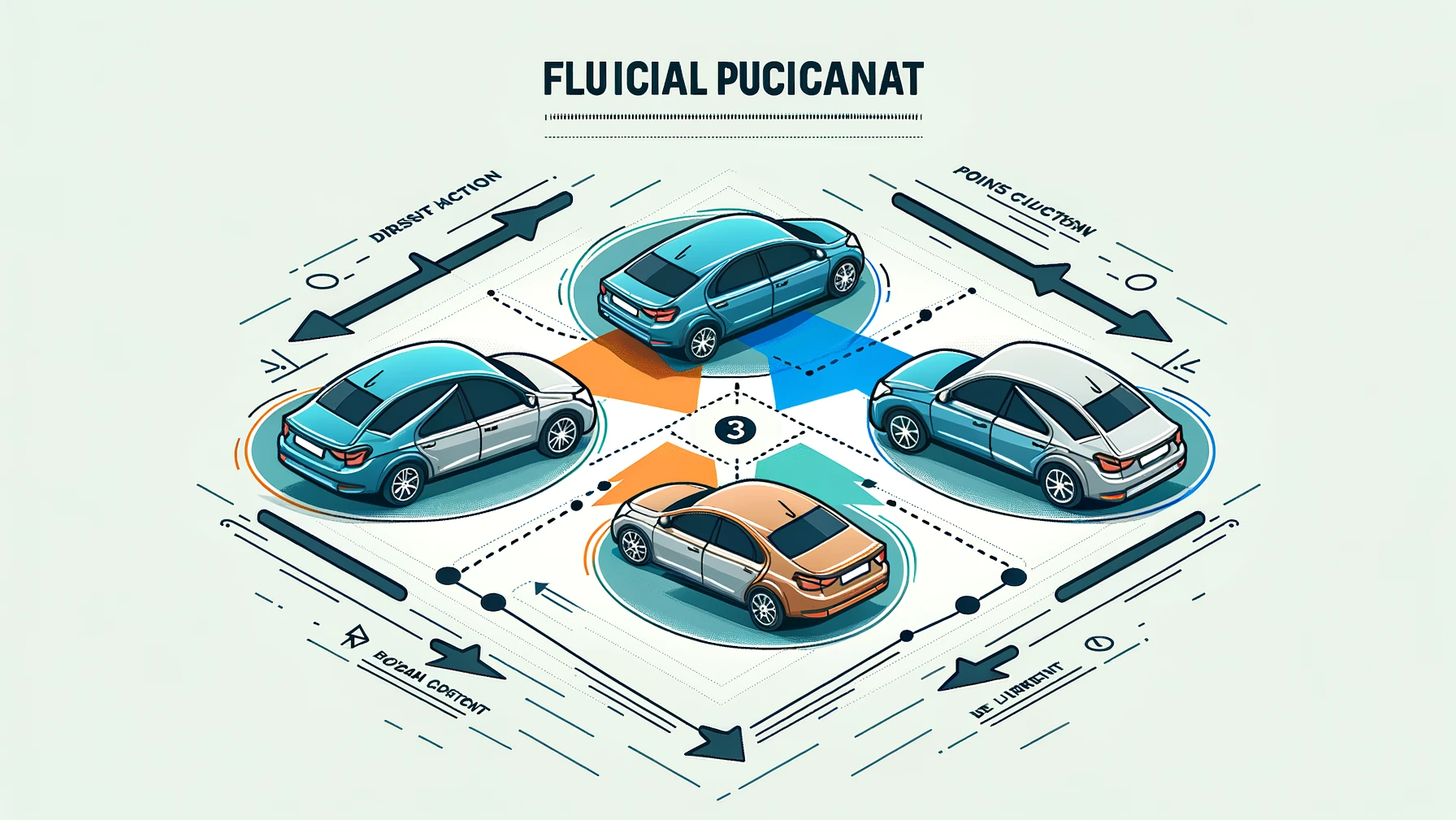
In multi-vehicle accident lawsuits, Texas follows the rule of joint and several liability. Under this rule, if multiple defendants are involved, one defendant can be held responsible for 100% of the total damages if they are found to be 51% or more at fault. This rule becomes significant when one liable party is unable to pay their portion of the damages. In such cases, the other parties may be held responsible for the full amount.
An experienced car accident lawyer can provide invaluable guidance when it comes to navigating the complexities of joint and several liability in multi-vehicle accident lawsuits. They can help determine the degree of fault for each party, negotiate settlements, and ensure that the responsible parties are held accountable for their actions. Whether you are a victim seeking fair compensation or a defendant trying to protect your rights, having a knowledgeable attorney by your side can make a significant difference in the outcome of your case.
When it comes to multi-vehicle accidents, joint and several liability adds an extra layer of complexity to the legal process. It is vital for all parties involved to understand their rights and obligations under this rule. By working with a skilled car accident lawyer, you can navigate the intricacies of joint and several liability, ensuring that your interests are protected and that you receive the compensation you deserve.
Uninsured and Underinsured Drivers in Multi-Vehicle Accidents
Multi-vehicle accidents can be complex and devastating, especially when uninsured or underinsured drivers are involved. In Texas, insurance companies are required to provide personal injury protection (PIP) and uninsured/underinsured motorist (UM/UIM) coverage to drivers. These coverages can provide crucial support to victims seeking compensation after an accident.
Personal injury protection (PIP) helps cover medical expenses and lost wages regardless of fault, ensuring that victims receive the necessary care and financial assistance. Uninsured/underinsured motorist (UM/UIM) coverage comes into play when the at-fault driver either lacks insurance or has insufficient coverage. This coverage helps bridge the gap and ensures that victims can pursue compensation even in situations where the responsible party is uninsured or underinsured.
When involved in a multi-vehicle accident and facing the challenges of insurance claims and seeking fair compensation, consulting with a knowledgeable car accident lawyer is crucial. They can help victims navigate the complexities of insurance coverage, determine liability, and ensure that all available avenues for recovery are explored. With their expertise, victims can gain a better understanding of their options and improve their chances of receiving the compensation they deserve.